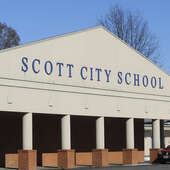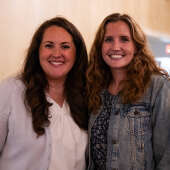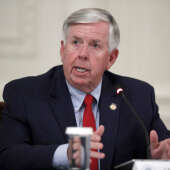Book Review: ‘Great Teams’ offers fresh leadership insights

New York Times bestselling author Don Yaeger’s “Great Teams; 16 Things High-Performing Organizations Do Differently” is a case-study in organizational leadership in both the sports and corporate worlds. Written in 2016, the book uses examples of great teams throughout sports history to demonstrate how good teams become great; and how the same strategies have been applied by some of the most successful organizations in the corporate world.

Sports fans will immediately connect with the stories shared in each chapter about great teams including the Dream Team, the St. Louis Cardinals, UCLA basketball, the Los Angeles Lakers, Alabama football and many more. Those in search of leadership lessons from the corporate world will enjoy examples from Apple, Target, Nestle Global, General Electric, Chick-fil-a and others.
Sports and leadership have always been intertwined in our culture. Many of the heroes we reflect on from our childhood were sports icons; and many of the leadership lessons we learned as kids were learned on the fields of competition. Some of these lessons were apparent immediately; and some only become apparent to us as we reflect on our experiences in our search for answers to leadership questions that confront us today. “Great Teams” does a wonderful job of connecting the dots between the leadership lessons available from great teams in sport and the great teams in business.
The book is divided into Four Pillars that encompass the 16 things high-performing teams do differently. Culture, purpose, conflict, change, strategy, leadership, and team dynamics can each pose unique challenges in achieving organizational success. Often the difference between good and great teams is the ability to excel in these areas. “Great Teams” explores each of these areas, and many more, to unpack the principles embraced by dynasties in sport and business as they excel. Using the four pillars, “Great Teams” takes readers through a progression that includes targeting purpose, effective management, activating efficiency, and mutual direction.
A challenge authors often face when drafting books on leadership is in translating lofty leadership principles into actionable items for the reader. Yeager details the leadership principles embraced by great teams, but also does a solid job of pointing out the specific actions taken by successful organizations as they live into these principles. The real value in any book on leadership is the ability for the reader to act upon the principles explained in the book. Putting principle to practice is how people and organizations grow. Yeager provides plenty of examples for readers to consider.
As a student of leadership, I found the 16 things to be consistent with many of the leadership lessons I’ve studied from other authors. When reading an informative book on leadership, I find that leadership lessons usually fall into three categories: those I know and know I do well; those I know and know I don’t do well; and those that are paradigm shifts for me and create “aha” moments in my thinking. In “Great Teams”, I found a little of each. By using examples from great teams in sports, the author created a connection to the sports fan in me. I found the book to be engaging and fun to read. Sports fans will especially enjoy this book, but anyone looking to improve the performance of their team, on or off the court, will benefit from it.
Jeff Glenn is the CEO of GlennView in Cape Girardeau.































